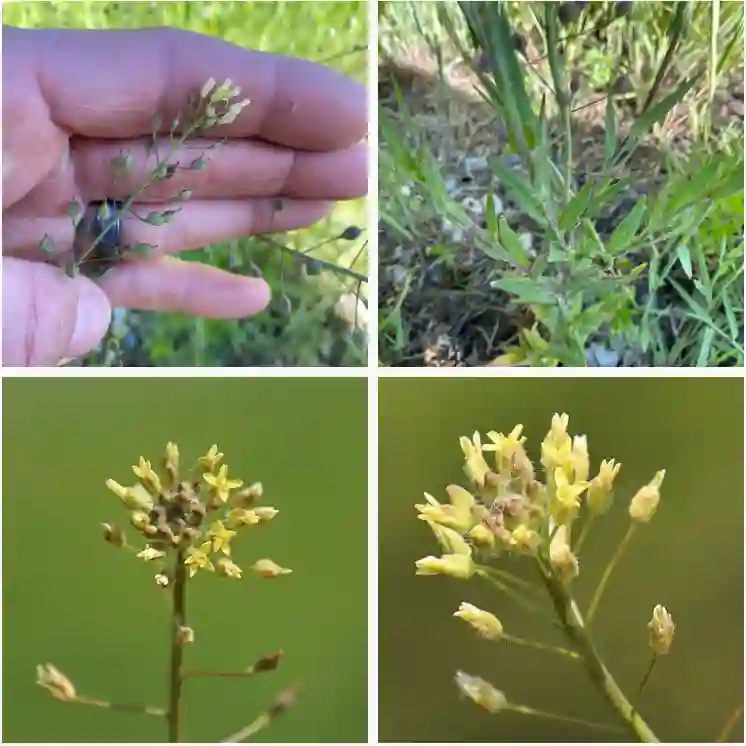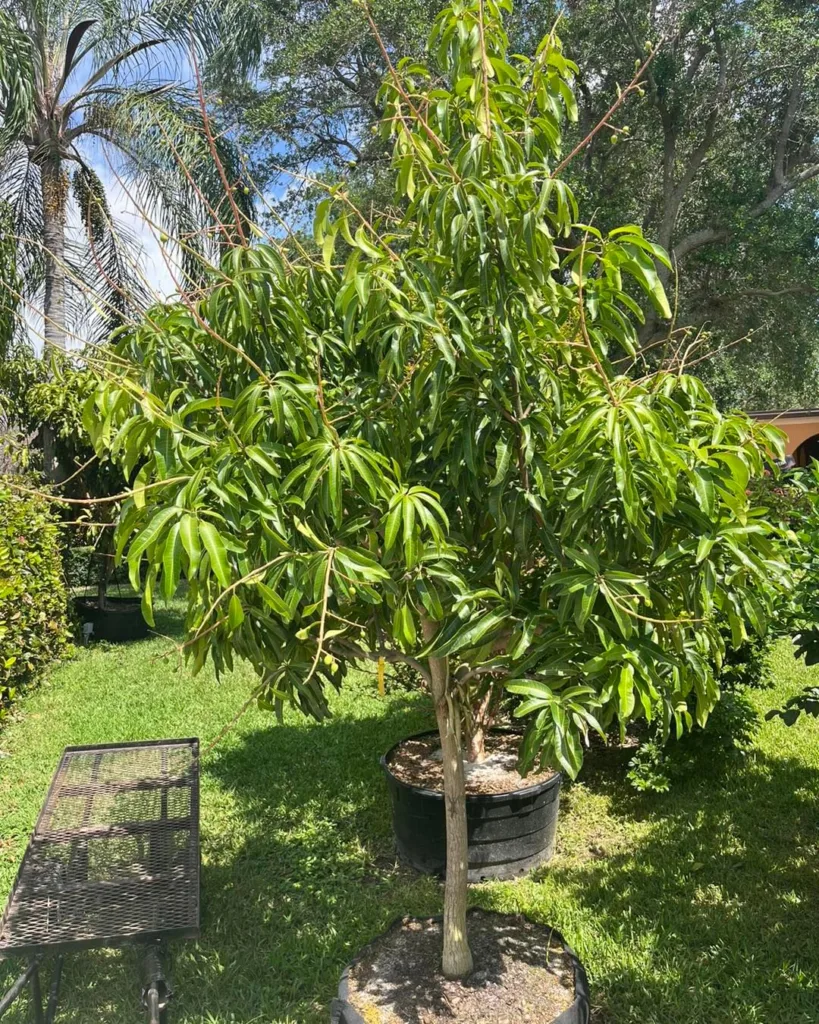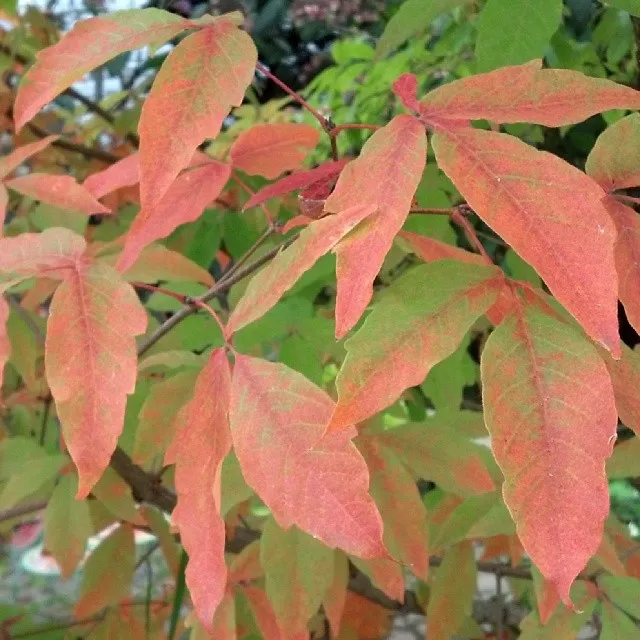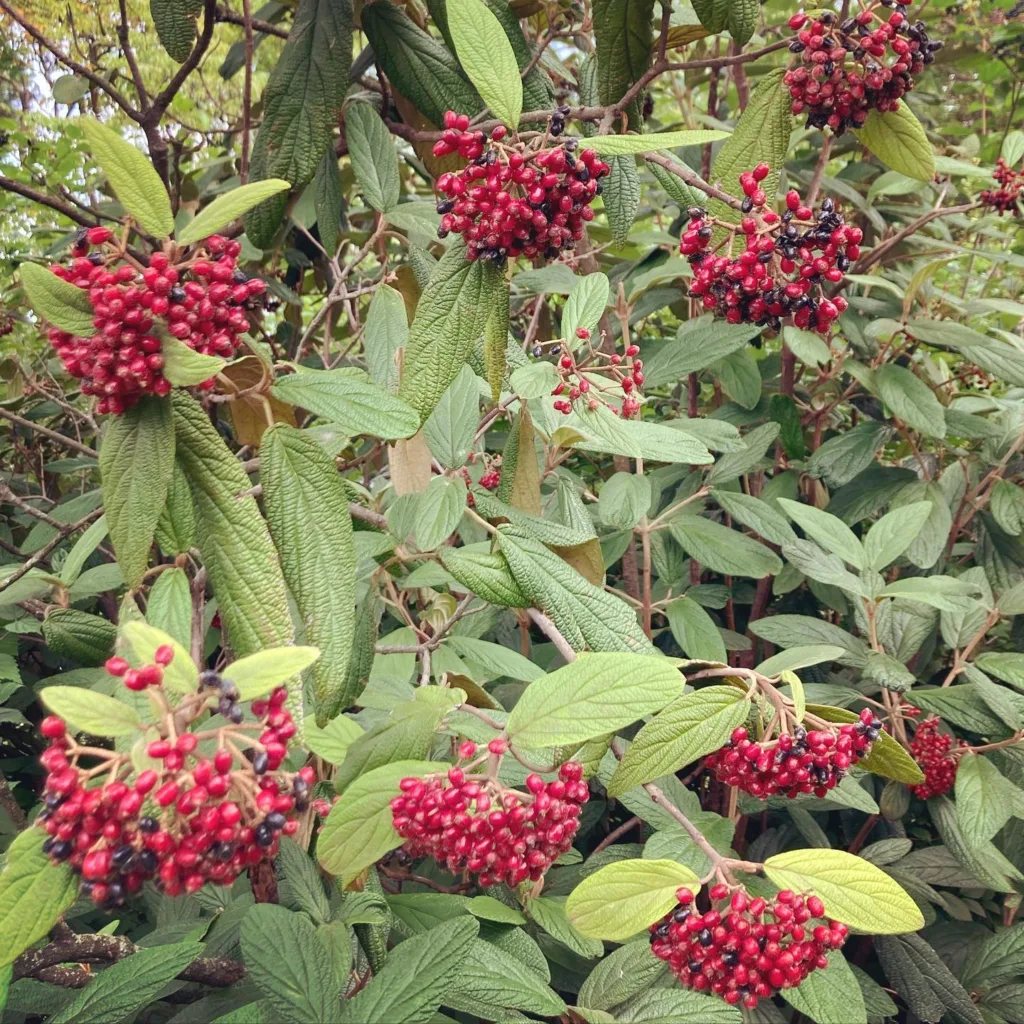The Allure of the Edith Bogue Magnolia: A Showstopper in Your Garden
There’s a reason the Edith Bogue Magnolia has become a coveted addition to landscapes across the country. This southern magnolia cultivar boasts a captivating presence, with massive, fragrant blooms that steal the show. But beyond its undeniable beauty, the Edith Bogue offers a surprising level of hardiness, making it a more versatile choice than its southern magnolia kin. As a passionate gardener myself, I was immediately drawn to this magnificent tree, and after delving into its characteristics and care requirements, I knew I had to share my findings.
371 Species in Genus Magnolia
How Hardy is an Edith Bogue Magnolia Tree?
One of the biggest concerns for gardeners considering a southern magnolia is their perceived lack of cold tolerance. Here’s the good news: the Edith Bogue bucks the trend. This particular cultivar thrives in USDA zones 6 to 9, which translates to a broader range of climates than the typical southern magnolia. In my own zone 7b garden, for instance, I can confidently plant an Edith Bogue knowing it can withstand winter’s chill. This extended hardiness makes it a compelling option for gardeners who live in areas that experience occasional cold snaps.
Will an Edith Bogue Magnolia Grow Here?
Before rushing out to buy an Edith Bogue, it’s crucial to consider your specific climate. Thankfully, determining its suitability is a breeze. First, identify your USDA planting zone. This information is readily available online or through your local agricultural extension office. Once you have your zone number, simply check if it falls within the range of 6 to 9. If so, congratulations! Your garden can welcome the Edith Bogue.
Here’s a word of caution for zone 6 gardeners: while the Edith Bogue can survive colder temperatures, it might experience some dieback during harsh winters. However, new growth typically emerges in spring, and with proper care, the tree will recover.
How to plant and care for Edith Bogue Magnolia?
So, you’ve confirmed your zone is compatible, and you’re ready to bring this beauty home. Here are some key things to remember when planting and caring for your Edith Bogue Magnolia:
- Light: This sun-loving tree thrives in full sun, receiving at least 6-8 hours of direct sunlight daily.
- Soil: Well-draining, slightly acidic soil is ideal. If your soil leans towards clay, consider amending it with compost or sand to improve drainage.
- Watering: Consistent watering is crucial during the first few years after planting. Aim to keep the soil evenly moist but not soggy. As the tree matures, watering needs decrease, and established Edith Bogues are fairly drought-tolerant.
- Fertilizing: A balanced fertilizer formulated for acid-loving plants can be applied in early spring to encourage healthy growth.
What to Plant With an Edith Bogue Magnolia?
The Edith Bogue Magnolia can be a captivating focal point in your garden. To complement its grandeur, consider underplanting it with shade-tolerant perennials like ferns, hostas, or coral bells. Alternatively, spring-blooming bulbs like daffodils or tulips can add a vibrant pop of color before the magnolia’s majestic blooms take center stage.
The Reward: A Lifetime of Beauty
Planting an Edith Bogue Magnolia is an investment in your garden’s future. This slow-growing tree can live for centuries, gracing your landscape with its elegance for generations to come. Witnessing its magnificent blooms unfurl, their intoxicating fragrance filling the air, is a truly rewarding experience. With proper care and planning, this southern magnolia cultivar can become a cherished part of your garden’s story.
Where to Buy an Edith Bogue Magnolia?
Finding a reputable nursery or online retailer that specializes in trees is your best bet for acquiring a healthy Edith Bogue Magnolia. Look for a tree that’s well-established in its pot, with a strong root system and healthy foliage. With a little research and planning, you can soon be welcoming this southern magnolia showstopper into your own garden.
If i die, water my plants!



